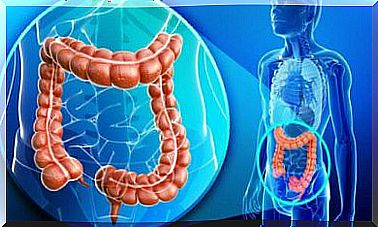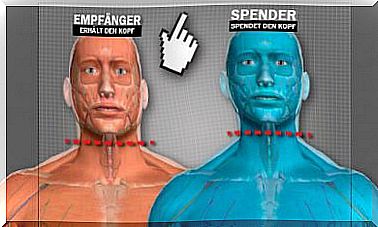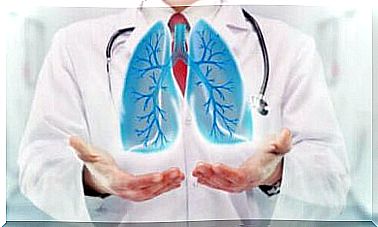The Meninges And Their Functions
The meninges protect the brain from mechanical and chemical influences. Find out more about this topic today!

The three meninges lying next to one another enclose the entire brain and then merge into the membranes of the spinal cord. The technical term is meninges and is derived from the Greek word mēninx , which means something like membrane. Their most important function is the protection against mechanical influences and temperature fluctuations.
There are three meninges that develop from the embryonic neural tube: the dura mater (hard meninges), the arachnoid (spider tissue) and the pia mater (soft meninges). In our article today we explain interesting things about the main properties and functions, and we also talk about possible diseases such as meningitis.
Interesting facts about the meninges
The central nervous system depends on various protective mechanisms in order to sustain our life. It is protected by the bone structures such as the skull and spine. In addition, the meninges and the spinal cord membranes are very important in order to protect against mechanical and chemical influences as well as against infections.
The three meninges are separated from each other by gaps that are filled with liquor (cerebral spinal fluid) and are also traversed by blood vessels.
The outermost meninges, the dura mater, also forms the periosteum of the skull bone. It is tight and consists of two layers. Vessels supplying the skull bones run in the outer layer. In addition, the hard meninges form duplicates that protrude between the two halves of the cerebrum and between the cerebrum and the cerebellum.
The subdural space separates the dura mater from the spider web skin or arachnoid. This vascular layer of connective tissue resembles a spider web, hence the very descriptive name. It is a delicate and weak layer that is separated from the pia mater by the subarachnoid space, which is also filled with liquor.
The pia mater, or soft meninges, rests directly on the brain and follows the furrows and depressions to protect it. This brain membrane carries the vessels and nerves that lead into the brain.

The spaces between the meninges
We have already briefly mentioned the spaces between the meninges: the subdural space separates the dura mater from the arachnoid, and the subarachnoid space separates the arachnoid from the pia mater.
The subdural space is a capillary gap that is physiologically invisible because the arachnoid and dura mater lie directly on top of one another. The subarachnoid space filled with liquor protects the brain from blows and changes in pressure.
What functions do the meninges have?
As mentioned earlier, the most important function of the meninges is to protect the brain from injury and trauma by absorbing blows and pressure. They also protect the skull from deformation during the growth phase.
In addition, the meninges also protect against chemical hazards. They also enable the cerebrospinal fluid to circulate. The cerebral fluid balances pressure and prevents the brain from overheating. But the brain water is not only important for the cushioning of the organ of thought, but also as a transport medium. It removes organic residues and is part of the glyphatic system.
The meninges thus form an important system for protecting the brain and at the same time giving it support. They also regulate pressure, tension, and pain that can result from an injury.

What is meningitis?
Meningitis is the inflammation of the meninges. In most cases this is caused by a viral infection, but bacteria or fungi can also cause this disease. Another possible cause is, for example, a cancer process.
In many cases, meningitis can lead to cerebral damage. Frequent consequences are, for example, numbness or impairment of other senses. Meningitis can also be fatal.
Since the meninges are very important for the protection of our organ of thought and also take on other essential functions, their health is fundamental and must be protected as far as possible.









